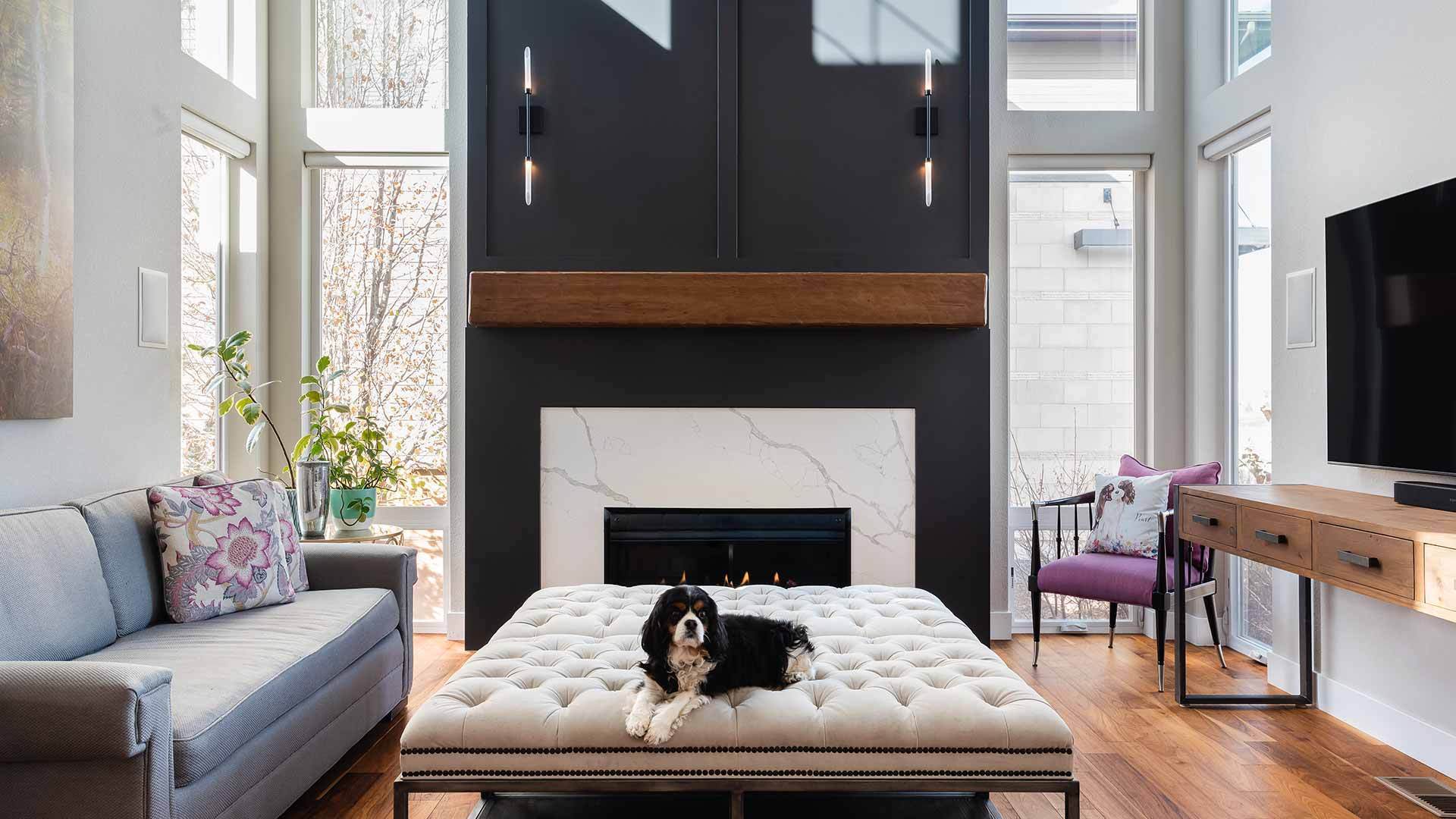1. Introduction to Sustainable Home Renovation
Sustainable home renovation involves making eco-friendly choices when upgrading or renovating your living space. It focuses on reducing environmental impact, conserving resources, and creating healthier homes for occupants. With increasing awareness of climate change and environmental sustainability, many homeowners are opting for greener alternatives in their renovation projects.
2. Benefits of Eco-Friendly Home Renovation
Lower Environmental Impact
By choosing sustainable materials and energy-efficient upgrades, homeowners can significantly reduce their carbon footprint. This not only benefits the environment but also contributes to broader sustainability efforts.
Energy Efficiency
Implementing energy-efficient solutions such as improved insulation, high-efficiency appliances, and renewable energy sources can lead to substantial energy savings over time. This not only reduces utility bills but also promotes energy independence.
Healthier Living Spaces
Eco-friendly renovation materials, such as low VOC paints and natural flooring options, contribute to healthier indoor air quality. This is especially beneficial for individuals with respiratory issues or allergies, creating a more comfortable and conducive living environment.
3. Assessing Your Home’s Sustainability
Before embarking on a sustainable renovation project, it’s essential to assess your home’s current sustainability status. This involves conducting an energy audit, evaluating water usage, and assessing the materials used in construction.
Energy Audit
Hiring a professional to conduct an energy audit can identify areas of energy inefficiency in your home. This assessment helps prioritize upgrades and improvements that will have the most significant impact on reducing energy consumption.
Water Usage Evaluation
Assessing water usage involves identifying leaks, upgrading to water-saving fixtures, and implementing strategies to reduce water waste. Installing low-flow toilets, aerated faucets, and efficient irrigation systems can significantly decrease water consumption.
Material Assessment
Evaluate the materials used in your home’s construction and identify opportunities for improvement. Choose sustainable alternatives such as reclaimed wood, bamboo flooring, and recycled glass countertops for your renovation projects.
4. Eco-Friendly Renovation Ideas
Energy-Efficient Lighting
Switching to LED or CFL light bulbs can reduce energy consumption and lower utility bills. Install dimmer switches and motion sensors to further optimize lighting usage.
Sustainable Flooring Options
Opt for eco-friendly flooring materials such as bamboo, cork, or reclaimed hardwood. These options are durable, renewable, and have a lower environmental impact compared to traditional flooring materials.
Low VOC Paints
Choose paints with low volatile organic compound (VOC) levels to minimize indoor air pollution. These paints emit fewer harmful chemicals, creating a healthier indoor environment for you and your family.
Efficient Appliances
Upgrade to ENERGY STAR certified appliances, which are designed to consume less energy and water while maintaining high performance standards. Look for appliances with advanced features such as smart technology and energy-saving modes.
Water-Saving Fixtures
Install water-saving fixtures such as low-flow showerheads, faucet aerators, and dual-flush toilets to reduce water consumption without sacrificing performance. These fixtures help conserve water without compromising comfort.
Insulation Upgrades
Improve insulation in your home to reduce heat loss during the winter and heat gain during the summer. Proper insulation not only enhances comfort but also lowers heating and cooling costs.
5. Recycling and Upcycling in Home Renovation
Salvaged Materials
Consider using salvaged or reclaimed materials in your renovation projects. Salvaged wood, bricks, and architectural elements add character to your home while reducing waste and preserving natural resources.
Repurposing Furniture
Instead of buying new furniture, repurpose or refurbish existing pieces to give them a new lease on life. Sanding, painting, or reupholstering furniture can transform outdated pieces into stylish additions to your home.
6. Incorporating Renewable Energy Sources
Solar Panels
Harness the power of the sun by installing solar panels on your roof or property. Solar energy is a renewable resource that reduces reliance on fossil fuels and lowers electricity bills over time.
Wind Turbines
For homeowners in windy areas, wind turbines can generate clean, renewable energy to power your home. Wind power is an eco-friendly alternative to traditional energy sources and can offset a significant portion of your electricity needs.
7. Planning Your Eco-Friendly Renovation Project
Budgeting
Set a realistic budget for your renovation project and prioritize eco-friendly upgrades based on your financial resources. Consider long-term savings and environmental benefits when making investment decisions.
Timeline
Develop a timeline for your renovation project, taking into account the scope of work, seasonal considerations, and contractor availability. Be flexible and prepared for unexpected delays or challenges along the way.
Hiring Sustainable Contractors
Choose contractors and tradespeople who prioritize sustainability and have experience with eco-friendly building practices. Research local green building certifications and credentials to ensure you hire reputable professionals.
8. Overcoming Challenges in Sustainable Renovation
Cost Considerations
While sustainable renovations may require an initial investment, the long-term savings and environmental benefits often outweigh the upfront costs. Look for rebates, incentives, and financing options to help offset expenses.
Finding Eco-Friendly Materials
Locating eco-friendly materials may require additional research and sourcing efforts compared to conventional options. Explore local suppliers, online marketplaces, and green building stores to find sustainable materials for your project.
9. Conclusion
Embracing sustainable home renovation practices not only benefits the environment but also enhances the comfort, health, and value of your home. By incorporating eco-friendly upgrades and materials, homeowners can create greener, more efficient living spaces for generations to come.
FAQs (Frequently Asked Questions)
- What are the key benefits of sustainable home renovation?
Sustainable home renovation offers benefits such as reduced environmental impact, lower energy bills, and healthier indoor air quality.
- How can I assess the sustainability of my home?
You can assess your home’s sustainability by conducting an energy audit, evaluating water usage, and assessing the materials used in construction.
- Are eco-friendly renovation materials more expensive?
While some eco-friendly materials may have a higher upfront cost, they often offer long-term savings through energy efficiency and durability.
- Can I incorporate renewable energy sources into my renovation project?
Yes, you can install solar panels or wind turbines to generate clean, renewable energy for your home.
- How can I find sustainable contractors for my renovation project?
Look for contractors with experience in eco-friendly building practices and certifications in green building standards.
